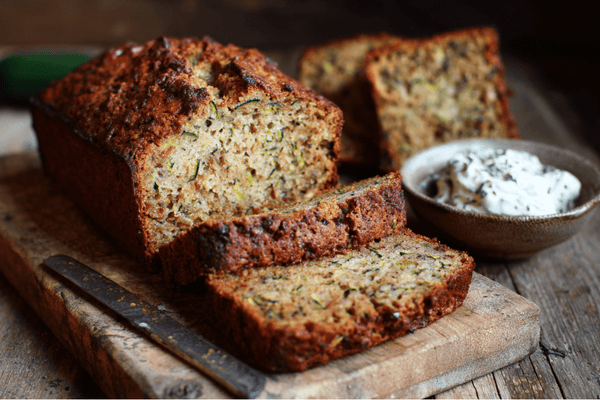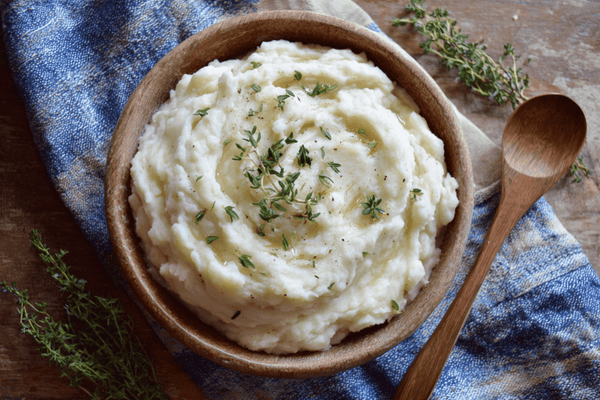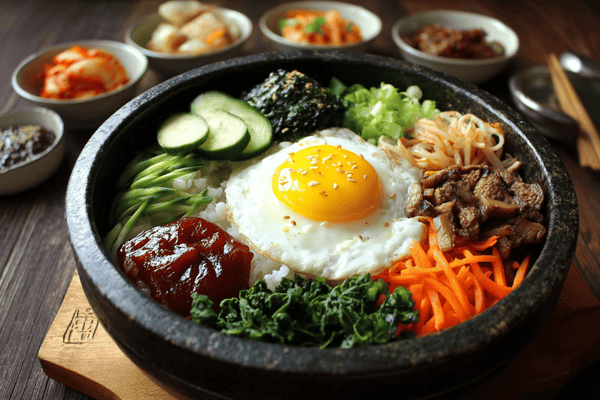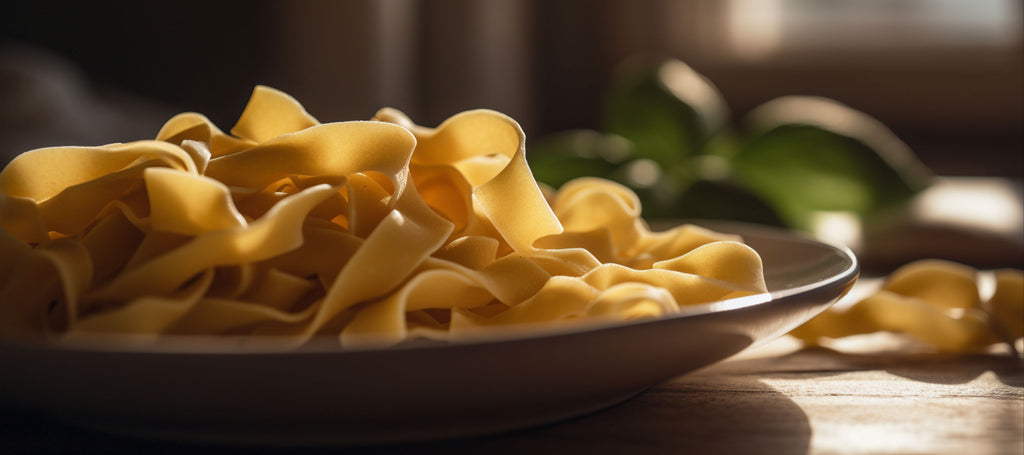
Fresh pasta is a delightful culinary delight that adds a touch of homemade goodness to any meal. Unlike dried pasta, fresh pasta requires a different cooking technique to achieve optimal results. If you're wondering how long to cook fresh pasta to ensure it's perfectly al dente, this article is here to help. We'll explore the ideal cooking times, provide expert tips, and answer frequently asked questions to ensure your next batch of fresh pasta is a culinary triumph.
Table of content
Understanding Fresh Pasta
Before we delve into the specifics of cooking times, it's essential to understand what fresh pasta is. Fresh pasta is made from a simple combination of flour and eggs, giving it a tender and delicate texture. It is typically softer and cooks faster than dried pasta. The shorter cooking time preserves the pasta's natural flavors and ensures a toothsome bite.
Cooking Times for Fresh Pasta
When it comes to cooking fresh pasta, timing is crucial. The cooking time can vary depending on the thickness and shape of the pasta. In general, fresh pasta should be cooked for a shorter duration than dried pasta. Here are some common cooking times for various types of fresh pasta:
Linguine or Fettuccine
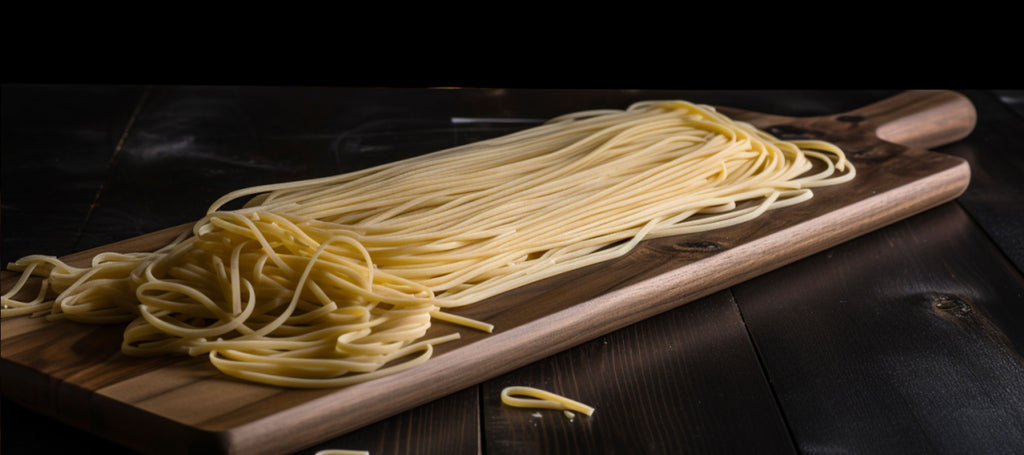
- Boiling Time: 2-3 minutes
- Ideal Texture: Al dente
Tagliatelle or Pappardelle
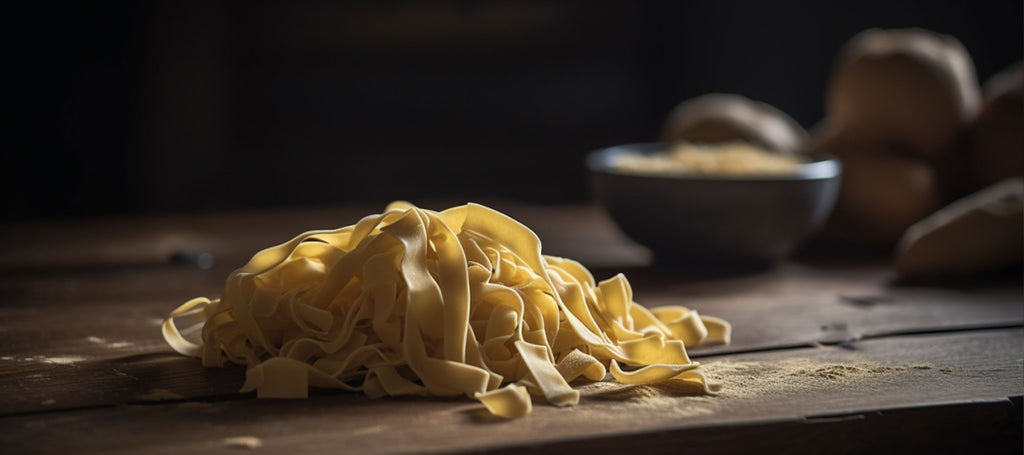
- Boiling Time: 3-4 minutes
- Ideal Texture: Al dente
Ravioli or Tortellini
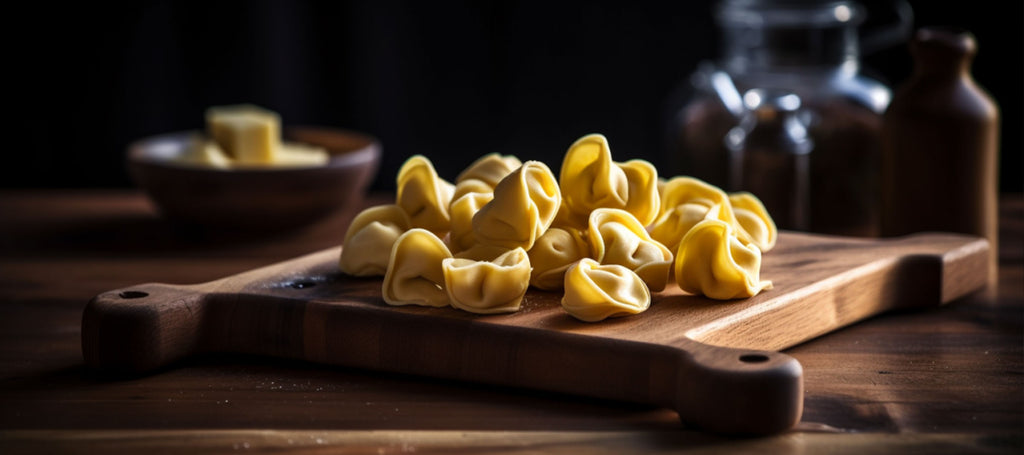
- Boiling Time: 4-5 minutes
- Ideal Texture: Tender with a slight bite
Stuffed Pasta (Large shapes like Lasagna sheets)
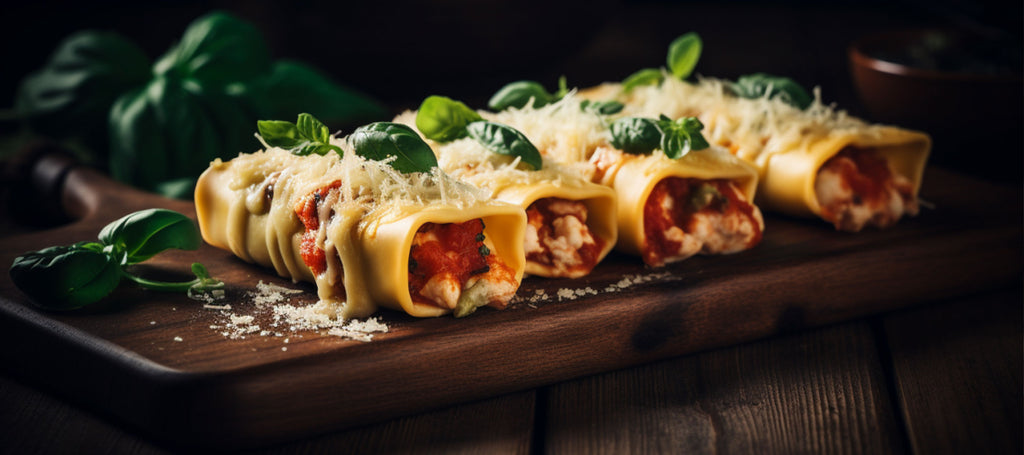
- Boiling Time: 6-8 minutes
- Ideal Texture: Tender but not mushy
It's important to note that these are general guidelines, and you should always follow the instructions on the packaging or recipe you are using. Additionally, it's advisable to perform a taste test to ensure the pasta is cooked to your desired doneness.
Tips for Perfectly Cooked Fresh Pasta
Achieving perfectly cooked fresh pasta requires attention to detail. Here are some expert tips to help you master the art of cooking fresh pasta:
Salt the Water
Before adding the fresh pasta to the boiling water, make sure to season the water generously with salt. Salted water enhances the flavor of the pasta and ensures it's seasoned from within.
Use a Large Pot
Fresh pasta needs ample space to cook evenly. Therefore, use a large pot filled with plenty of water to prevent the pasta from sticking together.
Stir Gently
Once you add the fresh pasta to the boiling water, give it a gentle stir to prevent clumping. Use a wooden spoon or tongs to separate the strands or pieces.
Test for Doneness
To determine if the pasta is cooked to perfection, carefully remove a strand or piece and take a bite. The pasta should be tender but still have a slight firmness (al dente). Avoid overcooking, as it can lead to mushy pasta.
Save Some Pasta Water
Before draining the cooked pasta, reserve a small amount of the starchy pasta water. This water can be used to loosen thick sauces and help them adhere better to the pasta.
Making Fresh Pasta from Scratch
If you want to take your pasta game to the next level, making fresh pasta from scratch is a rewarding and enjoyable process. Here's a step-by-step guide on how to make fresh pasta at home:
Ingredients:
- 2 cups all-purpose flour
- 2 large eggs
- 1/2 teaspoon salt
Equipment:
- Mixing bowl
- Fork or whisk
- Rolling pin
- Knife or pasta machine
Instructions:
- Prepare the Work Surface: Clear a clean work surface and sprinkle it with a little flour to prevent the pasta from sticking.
- Combine the Ingredients: In a mixing bowl, add the all-purpose flour and salt. Create a well in the center of the flour and crack the eggs into it.
- Mix the Eggs and Flour: Using a fork or whisk gently beat the eggs in the center of the well. Gradually incorporate the flour into the eggs, starting from the edges and working your way toward the center. Continue mixing until a dough forms.
- Knead the Dough: Transfer the dough onto the floured work surface. Knead the dough for about 5-7 minutes until it becomes smooth and elastic. If the dough feels too dry, you can add a little water, teaspoon by teaspoon. If it's too sticky, add a sprinkle of flour.
- Rest the Dough: Once the dough is smooth, shape it into a ball and cover it with a clean kitchen towel or plastic wrap. Allow the dough to rest for at least 30 minutes. This resting period allows the gluten to relax and makes the dough easier to roll out.
- Roll Out the Pasta: After the resting time, uncover the dough and cut it into smaller, manageable pieces. Flatten one piece with your hands and dust it with flour. Using a rolling pin, roll out the dough into a thin sheet. Repeat this process with the remaining dough pieces.
- Cut the Pasta: Once you have rolled out the dough into a thin sheet, you can cut it into your desired pasta shape. You can create long strands like linguine or fettuccine using a knife or a pasta machine with a cutting attachment. Alternatively, you can make stuffed pasta like ravioli by placing spoonfuls of filling on one sheet of pasta, covering it with another sheet, and sealing the edges.
- Cook the Fresh Pasta: Bring a large pot of salted water to a boil. Carefully add the fresh pasta and cook it for the recommended cooking time (refer to the previous section on cooking times for fresh pasta). Stir gently to prevent sticking. Once the pasta is al dente, drain it and toss it with your favorite sauce.
Making fresh pasta from scratch may require a bit of practice, but the result is well worth the effort. Enjoy the satisfaction of creating your own homemade pasta and savor the incredible flavors that come with it!
FAQ about Cooking Fresh Pasta
Q: Can I freeze fresh pasta?
A: Yes, you can freeze fresh pasta. After preparing the pasta, allow it to dry for a few hours, then place it in an airtight container or freezer bag. It can be stored in the freezer for up to three months.
Q: How can I store fresh pasta if I don't want to freeze it?
A: If you don't plan to freeze the fresh pasta, you can store it in the refrigerator. Place it in an airtight container or wrap it tightly in plastic wrap. Fresh pasta can be refrigerated for up to two days.
Q: Can I reheat cooked fresh pasta?
A: Yes, you can reheat cooked fresh pasta. To prevent it from drying out, it's best to reheat it by dipping it in boiling water for a few seconds or quickly tossing it in a hot pan with your desired sauce.
Q: Why does my fresh pasta stick together?
A: Fresh pasta can stick together if it's not cooked immediately after being prepared or if it's overcrowded in the pot. To prevent sticking, make sure to cook the pasta as soon as possible and use a large pot with plenty of water.
Q: Can I use fresh pasta in baked dishes like lasagna?
A: Absolutely! Fresh pasta can be used in baked dishes like lasagna. However, since fresh pasta is more delicate than dried pasta, it's recommended to slightly undercook it before assembling the dish to avoid overcooking during baking.
Conclusion
Cooking fresh pasta is a culinary art that requires precision and attention to detail. By following the recommended cooking times and incorporating the expert tips shared in this article, you'll be able to create perfectly cooked fresh pasta every time. Remember to experiment with different shapes and flavors to enhance your pasta dishes and explore the boundless possibilities that fresh pasta offers. Enjoy the process, savor the flavors, and impress your guests with your newfound pasta-cooking expertise!
